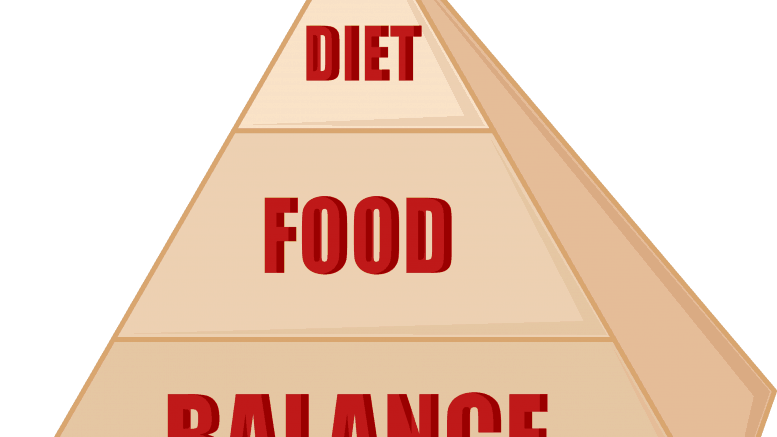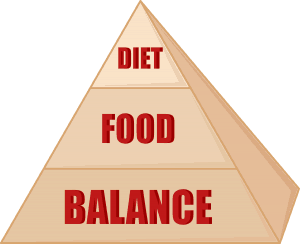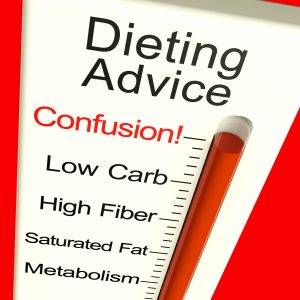Guidelines for food intake are not evidence based.
I am confident that nearly 100% of the public has seen the food pyramid and the new nutrition plate guideline. We have been brainwashed in school that these tools were the key to being healthy and slim. I can remember taking a nutrition class in college, and the professor spoke ad nauseam about the food pyramid and why the American public was beginning to have an obesity epidemic. Although there may be some truth to the concepts in the guidelines, there is very little evidence to back up the claims.
Let’s look at the history of the guidelines to illustrate this point. From the 1950s through the 80s, nutrition experts and scientist indicated that saturated fats were the villain of all diets. They pointed to everything from heart disease to cancer as being caused by saturated fat. The problem is that they overstepped the target a little. I am not saying that saturated fat should not be limited, but evidence now points to trans-fats as the cause of the increased risk of heart disease, not saturated fats.
Evidence to support this claim comes from the PURE study[1] which was a large population observational study to look for potential causes of disease and illness. One possible finding of the research focuses on carbohydrate intake and coronary vascular disease (CVD). If your look at the period in which medicine pushed for a decrease in fat intake and replacing fats with carbohydrates, you will see a sharp increase in CVD rates. I caution you to determine that this is the cause, but if it is, the intervention appears to have had the opposite effects.
The bottom line: Scientists, physicians, and nutrition experts often make recommendations based on the results of a single study. Causation is difficult to determine and is often multifactorial. Similar studies have shown conflicting results to prior guideline recommendations to reduce salt, eggs, and dairy. I would always err on the side of moderation.









Be the first to comment on "Nutrition Guidelines Often Don’t Add Up"